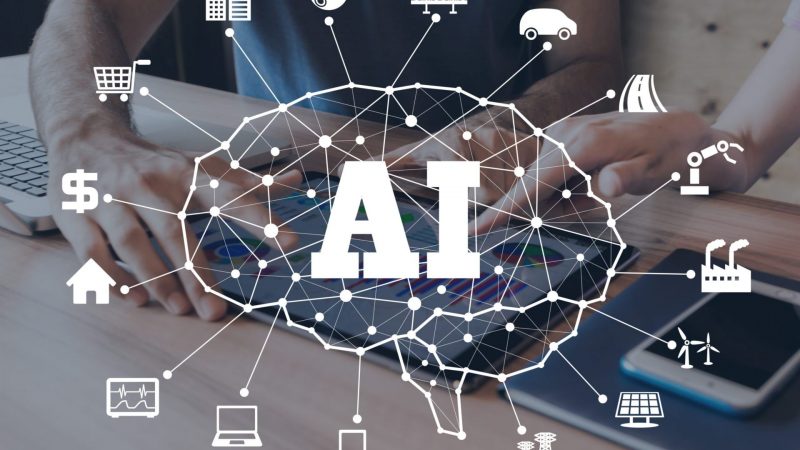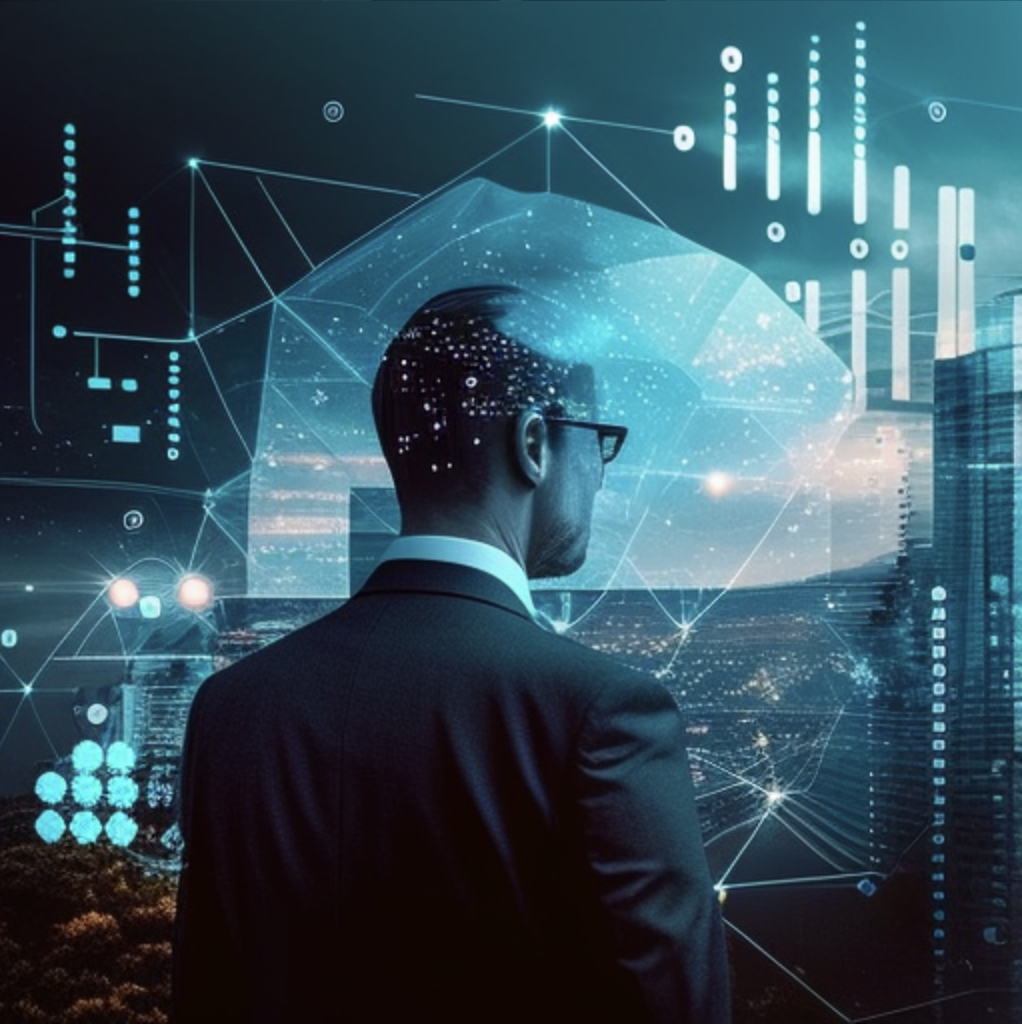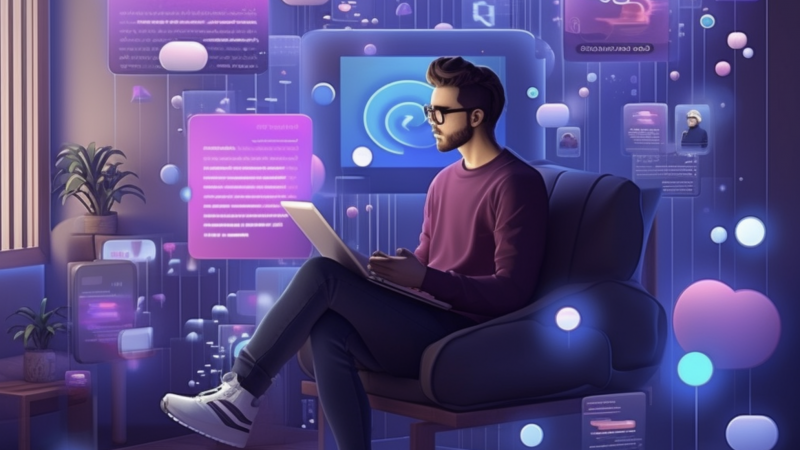The Impact of AI on Jobs and Future Business
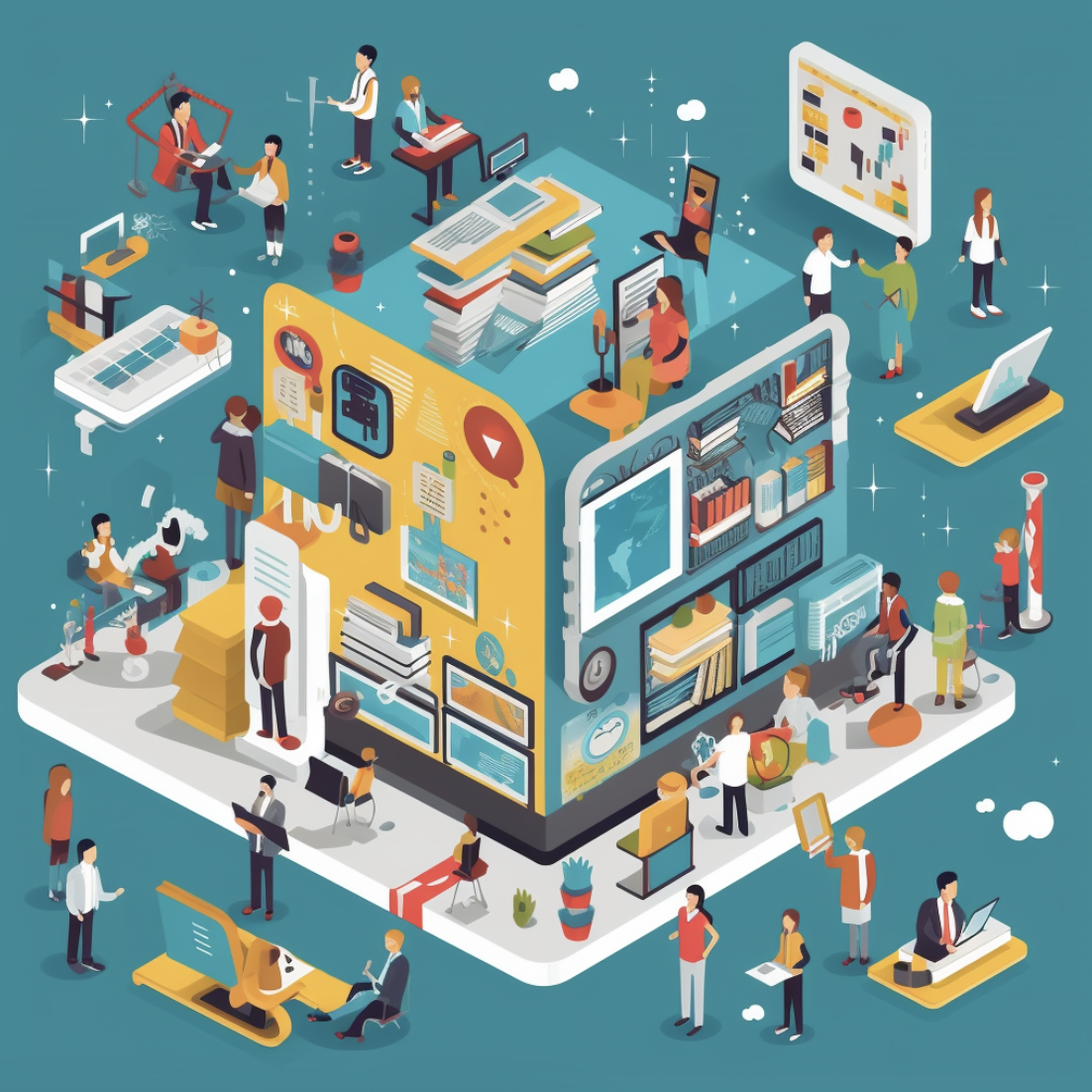
Automation Anxiety: Unveiling the Impact of AI on Jobs
The rise of Artificial Intelligence (AI) has sparked both excitement and apprehension, particularly when it comes to its potential impact on the future of work. In this tech blog post, we dive into the realm of job automation and explore the complex relationship between AI and employment. As generative AI technologies, like ChatGPT, continue to evolve, concerns arise regarding job augmentation, replacement, and the potential implications for various industries. Join us as we navigate the landscape of AI-driven automation and its effects on the workforce.
Augmentation vs. Replacement:
The argument surrounding job augmentation versus replacement is a contentious one. While AI has the potential to augment certain job roles, it could also render others obsolete. Consider the scenario where a worker’s tasks become ten times easier with AI assistance. This could lead to a decreased need for supporting positions or even the complete elimination of certain roles.
According to a June 2023 report by McKinsey, generative AI is projected to automate a substantial portion, approximately 60% to 70%, of employee workloads. This statistic underscores the transformative potential of AI in reshaping the labor landscape. However, it also raises concerns about the potential displacement of human workers.
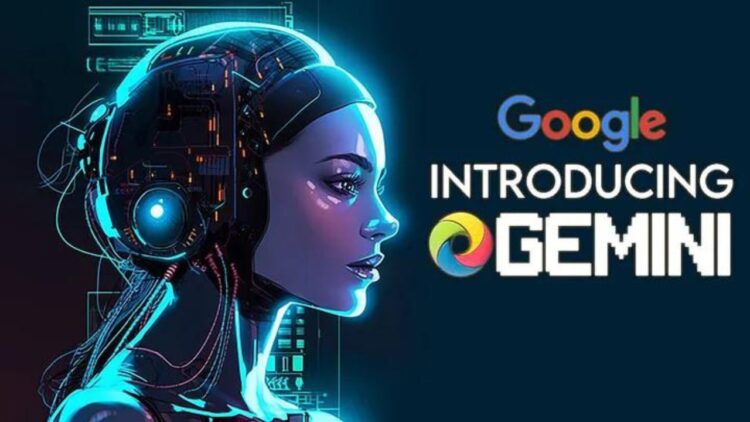
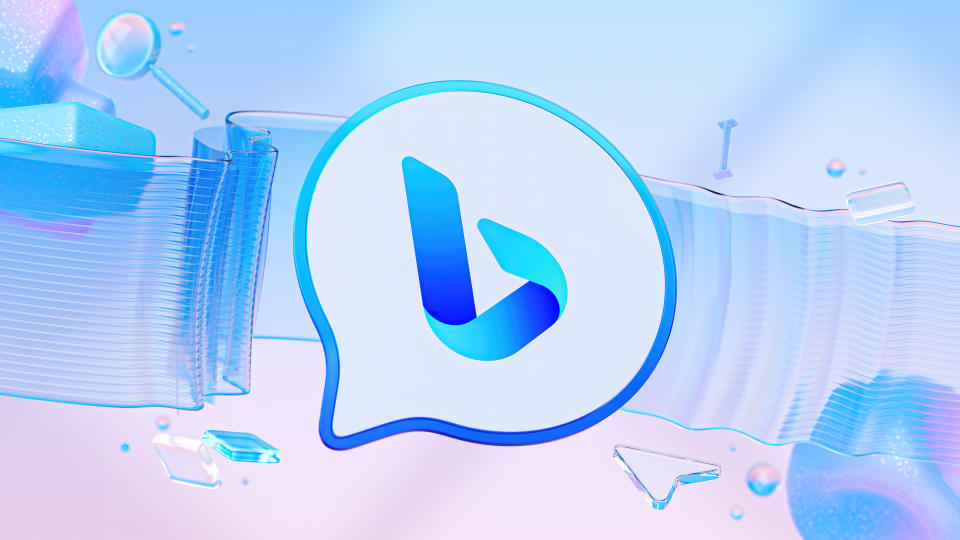
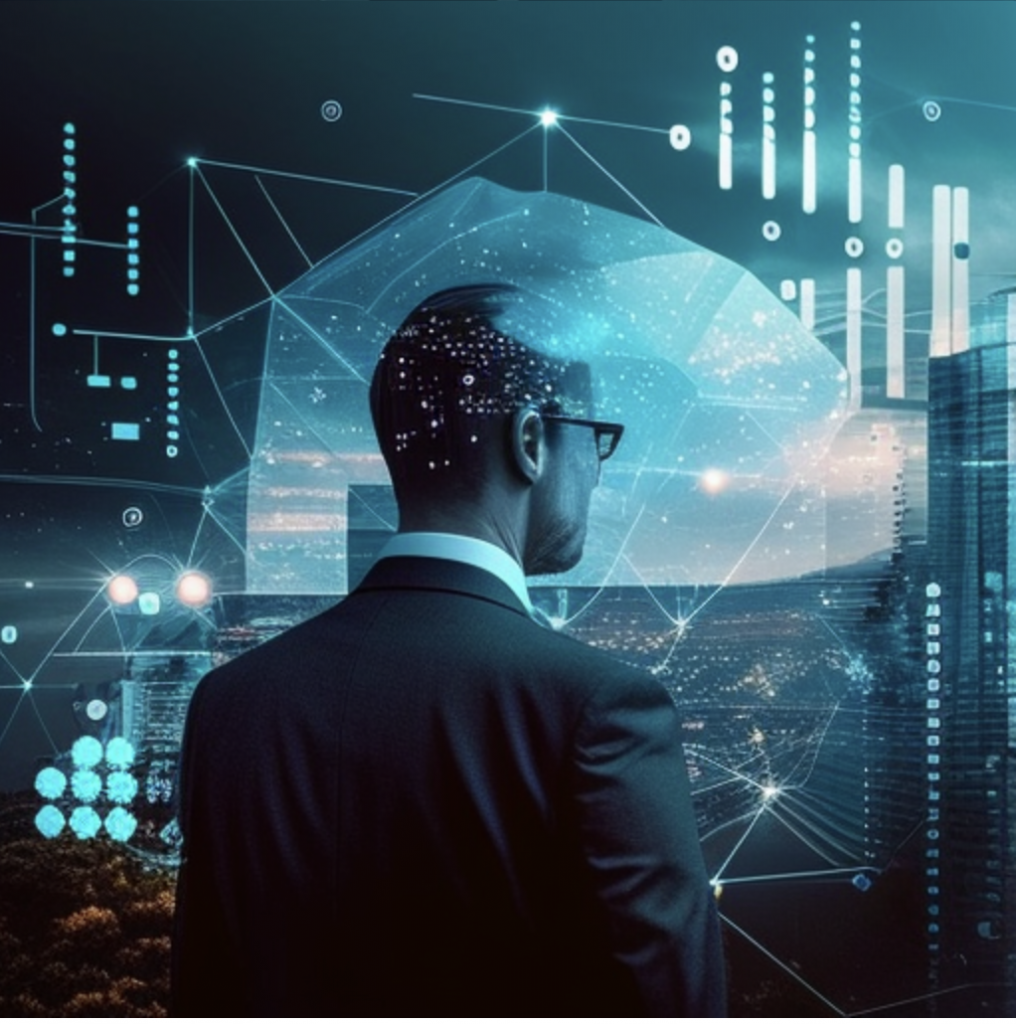
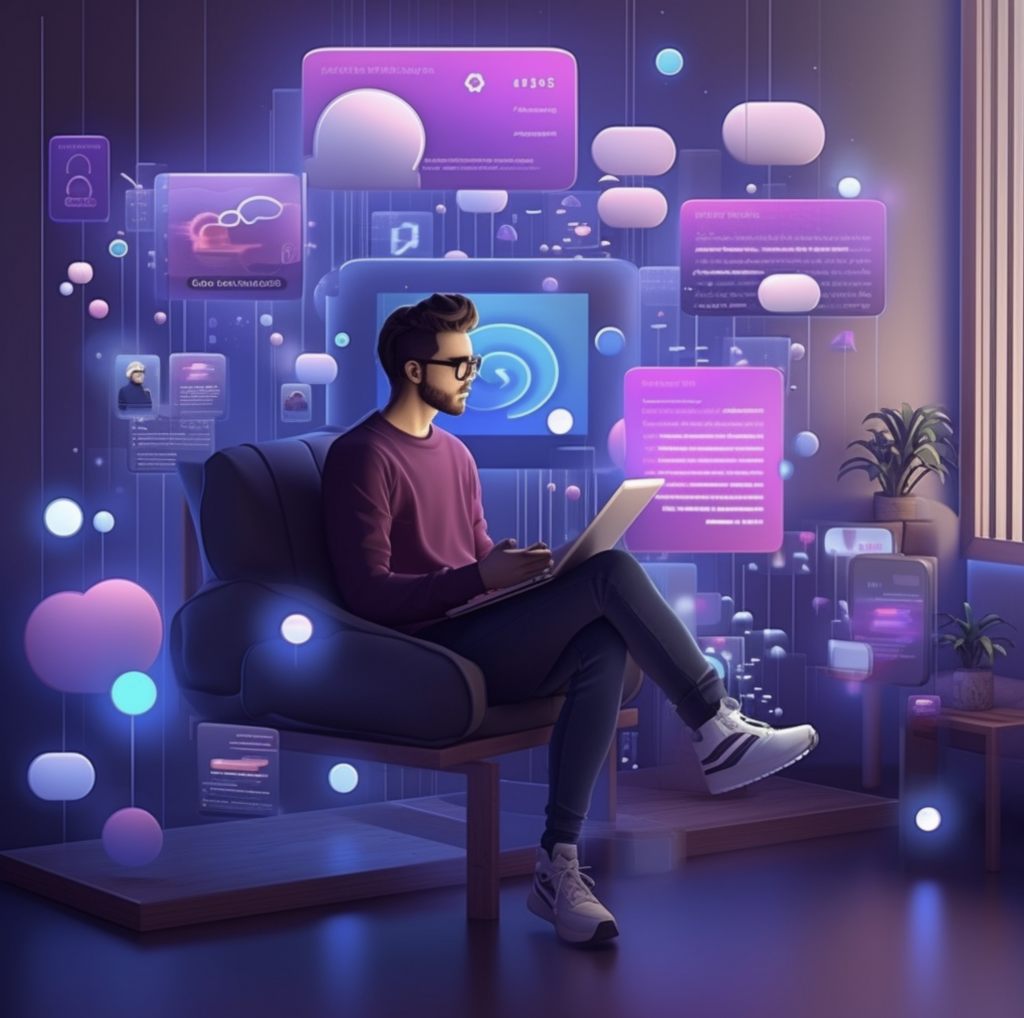
Real-World Examples of AI Job Replacement:
Concrete examples of AI job replacement have already emerged. In May 2023 alone, nearly 4,000 job cuts were attributed to AI-driven automation, as reported by Challenger, Gray & Christmas Inc. OpenAI, the pioneering company behind ChatGPT, estimates that around 80% of the U.S. workforce will witness at least a 10% impact on their jobs due to the influence of large language models (LLMs).
One notable case involved a tech startup writer who was unexpectedly let go, only to discover later that her contributions were being attributed to “Olivia/ChatGPT” in the company’s Slack channel. Additionally, she stumbled upon internal communications indicating that the use of ChatGPT was deemed more cost-effective than employing a human writer. While the official reason for her job loss remained undisclosed, the signs strongly suggested AI involvement.
The Writers Guild of America has also taken action, going on strike to advocate for increased regulation of AI and to demand higher wages and better residuals from streaming platforms. This demonstrates the growing concerns within the creative industries regarding the impact of generative AI on job security.
Gender Disparities and the AI Effect:
A study conducted by the Frank Hawkins Kenan Institute of Private Enterprise revealed a potential gender disparity in the susceptibility to job automation. The study found that approximately 79% of working women hold positions that are susceptible to automation, compared to 58% of working men. This highlights the need for ongoing discussions around the potential societal impacts of AI-driven automation and the importance of addressing any unintended biases.
Beyond Job Replacement: Collaborating with AI:
While job replacement is a significant concern, it’s crucial to acknowledge the positive implications of human-machine cooperation. AI has the potential to enhance the work experience by automating mundane, repetitive tasks, thereby freeing up time for more creative and strategic endeavors. This collaboration between humans and AI aims to maximize the advantages of work while minimizing its drawbacks.
It is important to note that AI models, such as large language models (LLMs), heavily rely on human feedback for their training and refinement. The process of reinforcement learning from human feedback allows LLMs to continually improve by ranking outputs from best to worst. Additionally, research has identified the phenomenon of “model collapse,” where LLMs malfunction in the absence of connections to human-produced datasets. This highlights the indispensable role of human input in shaping and guiding AI systems.
The Potential Challenges of Collaboration:
While collaboration with AI brings numerous benefits, there are challenges to consider. For instance, the use of generative AI chatbots may result in an overflow of low-quality content, requiring editors to invest additional effort in refining and supplementing the articles. This shift in priorities may impact their ability to focus on sourcing unique and valuable information, potentially affecting the overall quality of content creation.
Industries Affected by AI:
The influence of AI extends across various industries, with job roles being affected in diverse ways. Here are some notable examples:
- Administrative Roles:
Generative AI tools can assist office administrators and assistants in tasks such as email correspondence, data trend analysis, and scheduling meetings across different time zones. Microsoft 365 Copilot, an AI-powered tool integrated into Microsoft’s productivity suite, holds the potential to revolutionize office productivity by automating various administrative tasks. - Coding:
AI-powered programs like ChatGPT exhibit the ability to generate syntactically correct code at a faster rate than most human coders. While concerns arise about the potential displacement of coders who focus on quantity over quality, those who prioritize delivering high-quality code may benefit from AI assistance, improving their workflow efficiency. - Customer Service:
AI-powered chatbots have the potential to revolutionize customer service by providing personalized and swift responses to customer inquiries. Tasks such as robotic process automation, customer self-service, sentiment analysis, and chatbot assistance are examples of how AI is reshaping the customer service landscape. While complete automation of contact centers may not be feasible at present, AI can assist in various aspects, such as translation and summarization of customer inquiries. - Legal:
AI’s impact on the legal sector is already evident. Studies indicate that AI could eventually perform many tasks traditionally handled by paralegals and legal assistants. Functions like document review, contract analysis, legal research, and searches for relevant case law can be automated with the assistance of AI. However, it’s important to note that AI is unlikely to entirely replace human lawyers or eliminate the need for their expertise. - Education:
AI has the potential to impact education in multiple ways. While concerns about detecting plagiarism or cheating arise, AI can aid teachers by acting as a productivity tool, assisting in lesson plan drafting, and generating quiz questions and mock tests. Teachers’ opinions vary, with some fearing job displacement while others see AI as a valuable educational aid. As technology continues to evolve, acceptance of AI assistance in the classroom may become more prevalent. - Finance:
AI’s influence on the finance and banking sector is significant. Generative AI can monitor transactions and provide detailed financial advice to individuals, helping them optimize their financial decisions. Chatbots powered by AI are being utilized to organize databases and enhance customer service within financial institutions. - Graphic Design:
Generative AI is transforming the graphic design profession. Tools like Adobe Photoshop’s Generative Fill feature allow users with limited editing experience to make photorealistic edits based on simple text prompts. Other AI-powered tools like Dall-E and Midjourney can generate realistic images and detailed artistic renderings from text inputs, revolutionizing the creative design process. - Engineering:
Generative design, powered by AI, expedites the computer-aided design process by exploring all possible solutions to a problem within specified parameters. It enhances ideation and can generate novel and radical designs. However, it is important to note that AI is unlikely to replace human engineers but will instead serve as a powerful tool for innovation and efficiency. - Human Resources:
AI has a significant impact on various aspects of the human resources (HR) domain. From recruiting tools that source qualified candidates and automate resume reviews to aiding in talent management, AI is infiltrating different HR functions. While concerns about job displacement exist, AI’s integration in HR presents opportunities for streamlining processes and enhancing efficiency.
As AI technology continues to advance, its impact on the workforce is becoming increasingly evident. While automation may lead to job displacement in some cases, there is also potential for AI to augment and enhance human work. It is crucial to strike a balance between technological progress and safeguarding job security. As industries adapt to the evolving AI landscape, ongoing discussions, regulations, and ethical considerations will play a vital role in shaping the future of work.
Stay tuned for further updates as we delve deeper into the transformative potential of AI in various sectors.
